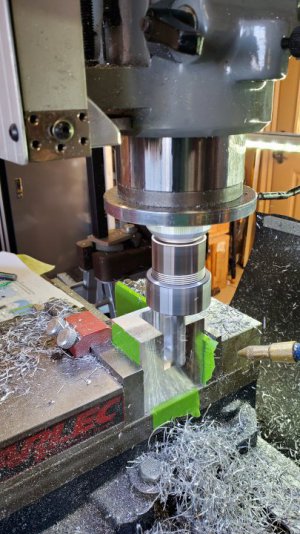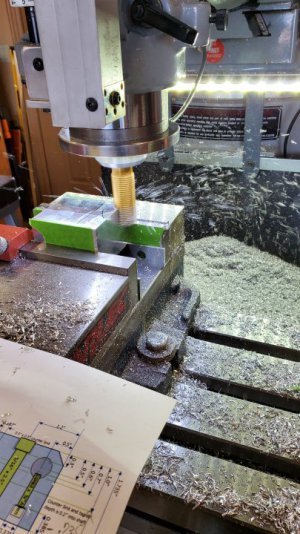- Joined
- Jul 31, 2020
- Messages
- 765
For smaller desktop machines, I really like the Asymmetrical spiral flutes (each flute has a slightly different pitch angle). They create less vibration because the bites are irregular enough to avoid making the machine resonate.
Last edited:


